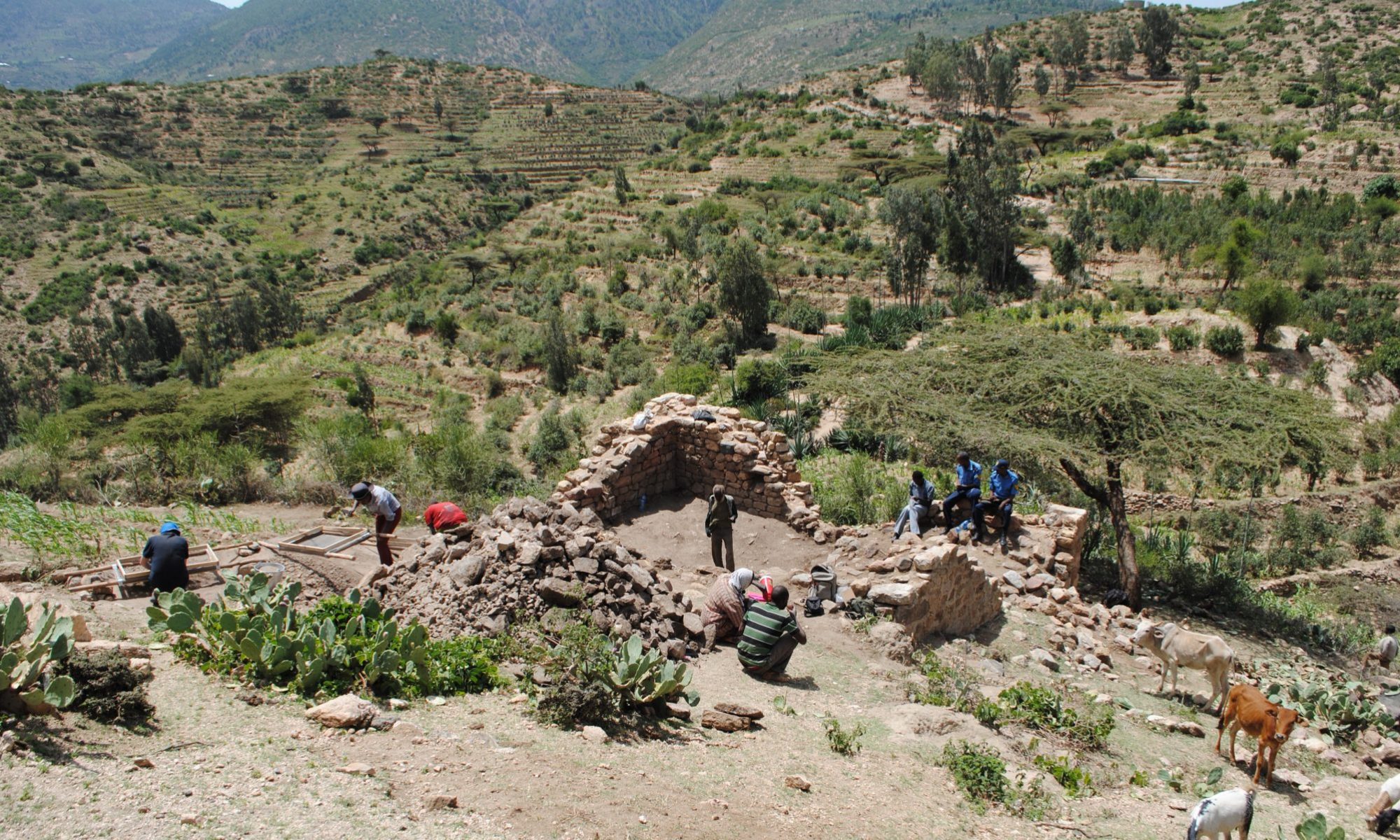A new paper presenting the first direct analysis of strontium isotope ratios in human remains from an Islamic site in Ethiopia has been published. It indicates that the Muslim community was well-established in Harlaa, and among families living in the surrounding rural environment within a few km of Harlaa. This is significant for it suggests a religious community that was not purely focused inside Harlaa, an urban population directly involved with and influenced by the international trade networks. Rather, those following Islamic practices were also fully integrated among the local indigenous rural community, suggesting either that immigrants following the Islamic religion had settled throughout the area near Harlaa, or that members of the indigenous population had converted to Islam (p. 131).
The full publication details are:
Pryor, A., Insoll, T., and Evis, L. 2020. Laser Ablation Strontium Isotope Analysis of Human Remains from Harlaa and Sofi, Eastern Ethiopia, and the implications for Islamisation and Mobility. STAR – Science and Technology of Archaeological Research 6: 113-136.
– Tim

One of the medieval cemetery areas at Harlaa (photo. T. Insoll)
